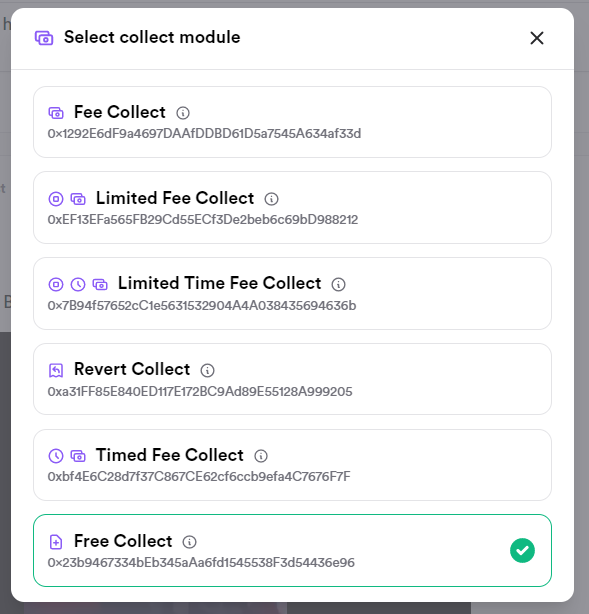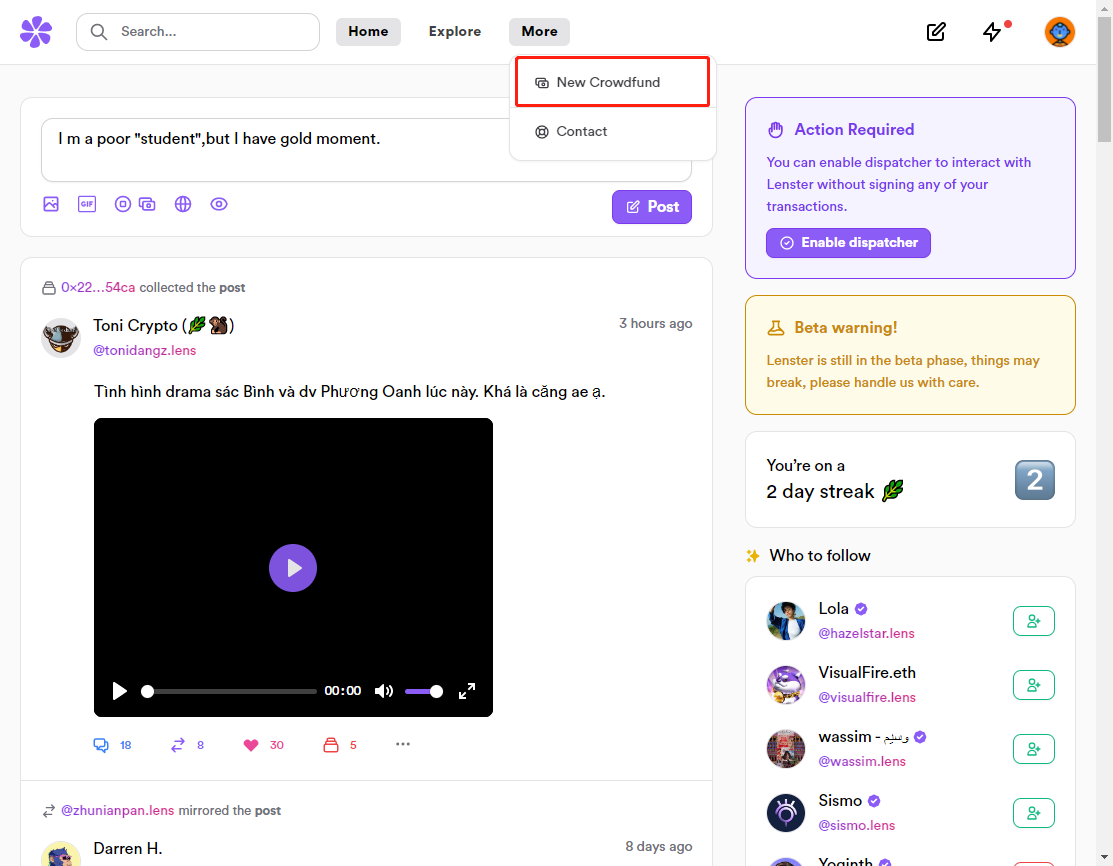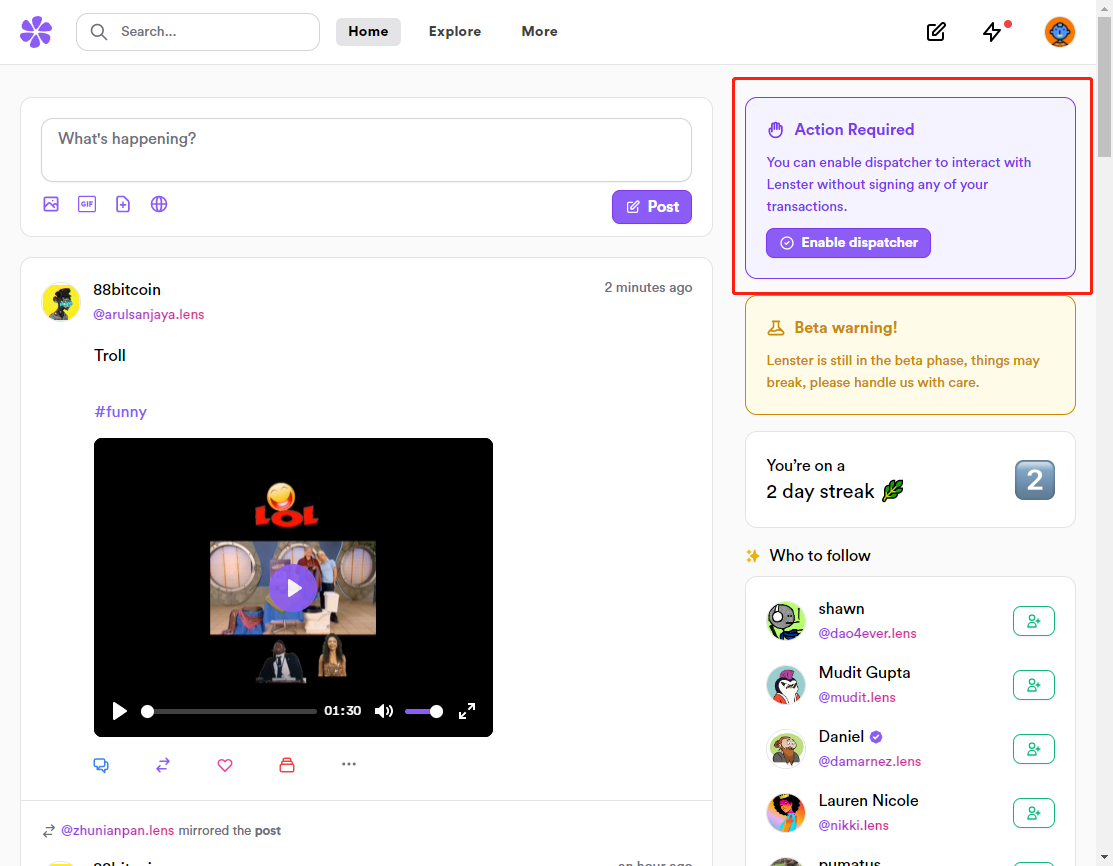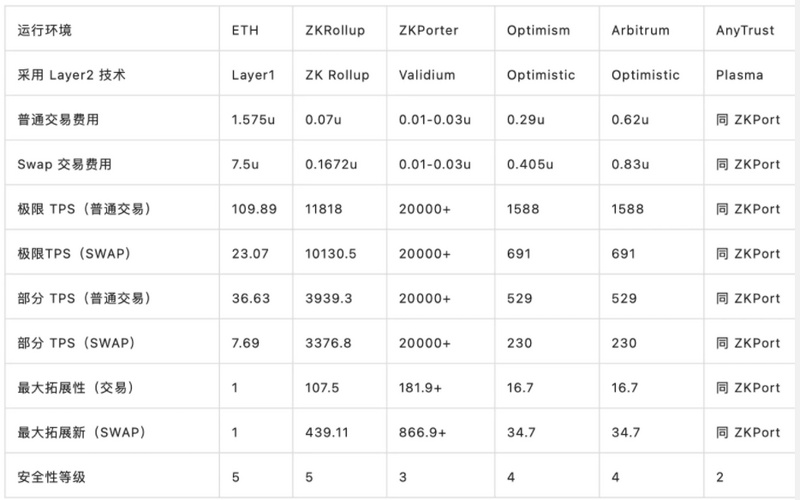Social networking has always been the track favored by Web3 product entrepreneurs who want to "intercept" Web2 users. Compared with financial behaviors, social networking is often more frequent and more demanding. At the same time, socializing first and then entering financial services is also a tried-and-true business path for Web2 "big companies" (refer to Tencent WeChat).
Personally, I will pay more attention to product innovation and entry opportunities on the Web3 social protocol. Recently, I've been discovering the highlights and differences of different Web3 social protocols. There is a product that is close to Twitter in form (this also means that the migration of user habits is more smooth), and introduces Web3 elements such as decentralization and NFT. It is a decentralized social media based on Lens ProtocolLenster 。
Compared with Web2 social media, Lenster runs on the chain, and the content (including text and pictures) is automatically NFTized, and the ecological composability is taken into account - other Lens Protocol-based applications can interoperate with Lens without permission, so that Build an ever-growing and open product ecosystem together.(Note: Regarding Lens Protocol, it is a composable decentralized social graph, which was tweeted by Aave founder Stani on February 8, 2022, and the current protocol has been launched on Polygon's Mumbai protocol network.)

text
Different from Web2's social media, Lenster has some barriers to use. Only users with the Lenster homepage Profile NFT can create and publish content. Other users can only follow the homepage, favorite tweets, and cannot create, comment, or repost.
If you are an early user who signed the Lens Protocol open letter address before May 5th, you can find it atLen Protocol's Claims SiteClaim a .lens address and mint Profile NFT; if you hear about Lenster for the first time today, you can only play it by buying it at Opensea.
At present, Lenster has two special functions, namely paid collection and initiation of crowdfunding.
Paid Collection
Creators can set whether others pay for their content on Lenster. Since the content on Lenster is NFT, collecting tweets is also minting NFTs, and creators can make money by setting up multiple payment methods for favorite tweets.
For an introduction to the options for paid favorites, you can find the button shown in the figure below near the tweet you will send.

After clicking on it, you can find that each post is free to collect by default, and users can also choose five other ways to collect tweets, they are:
Fee Collet: Fee collection.
Limited Fee Collet: Limited collection, the collection will end when the collection fee reaches a certain amount.
Limit Time Fee Collet: Time-limited collection, the collection ends after a certain time or amount is reached.
Revert Collet: Collection is prohibited.
Timed Fee Collet: Timed collection, the time cannot be customized at present, the default is 24 hours.

Click on the time-limited collection, and you can see that you can customize payment tokens, total collection amount, collection price, recommendation rate, and collection permission.
It should be noted that the recommendation fee is a ratio. When user A reposts the creator’s paid favorite tweet, and user B pays to bookmark the tweet on user A’s forwarding page, the fee will be returned to the user according to the recommended ratio a.
secondary title

Launch crowdfunding
Users can find the crowdfunding button at the top of the page to initiate crowdfunding directly on Lenster.

secondary title

Product Problems and Solutions
Lenster currently has two obvious problems, namely multiple authorizations and high gas costs.
On the one hand, because Lenster runs purely on the chain, the content in Lenster is stored in the form of NFT, which makes users need to re-authorize every time they comment, repost, favorite, etc., which greatly affects the user experience. On the other hand, At present, the gas cost of Ethereum is US$0.3. If the main network is launched, if the user interacts multiple times a day, the cumulative gas cost will be very high.
Regarding the issue of multiple authorizations, Lenster currently offers a solution where the user can approve the scheduler to interact with Lenster on the user's behalf, so that the user does not need to sign any transactions.

The principle behind the scheduler is to allow another address to use their wallet to post, comment, retweet, favorite, set follow modules and change profile pictures on behalf of the user.
But this is just a stopgap measure for Lenster on the testnet. The work of the scheduler relies on the centralized Lenster team; on the other hand, the current gas on the test network is paid with test coins, and the Lenster project party can pay for users for free, while the median gas on the Polygon main network in the past 24 hours is about for 50 Gwei (Data Sources), approximately equal to $0.0001 (conversion site), if a certain number of users is accumulated, and each user needs a lot of interaction every day, the gas cost behind it is not affordable by Lenster.
Parsing the session key: Web3 version of "Secret-Free Payment"Parsing the session key: Web3 version of "Secret-Free Payment"". However, the session key is a sub-technology based on the contract wallet, so Lenster may be required to promote the development and popularization of the contract wallet on Polygon. Lenster can also choose to switch to a network with advanced contract wallet technology and compatible with Ethereum, such as StarkNet, zkSync, etc.
image description

Source: Xiang|W3.Hitchhiker, the premise of the above calculation is that the current ETH price is 2500 U, the block gas limit is 30,000,000, the gas fee is 30 Gwei, and the average block time is 13 seconds. The limit TPS refers to the corresponding operating environment occupying all Ethereum block space (500,000 gas is spent on proof verification), ordinary TPS means that the corresponding operating environment occupies 1/3 of all Ethereum block spaces.